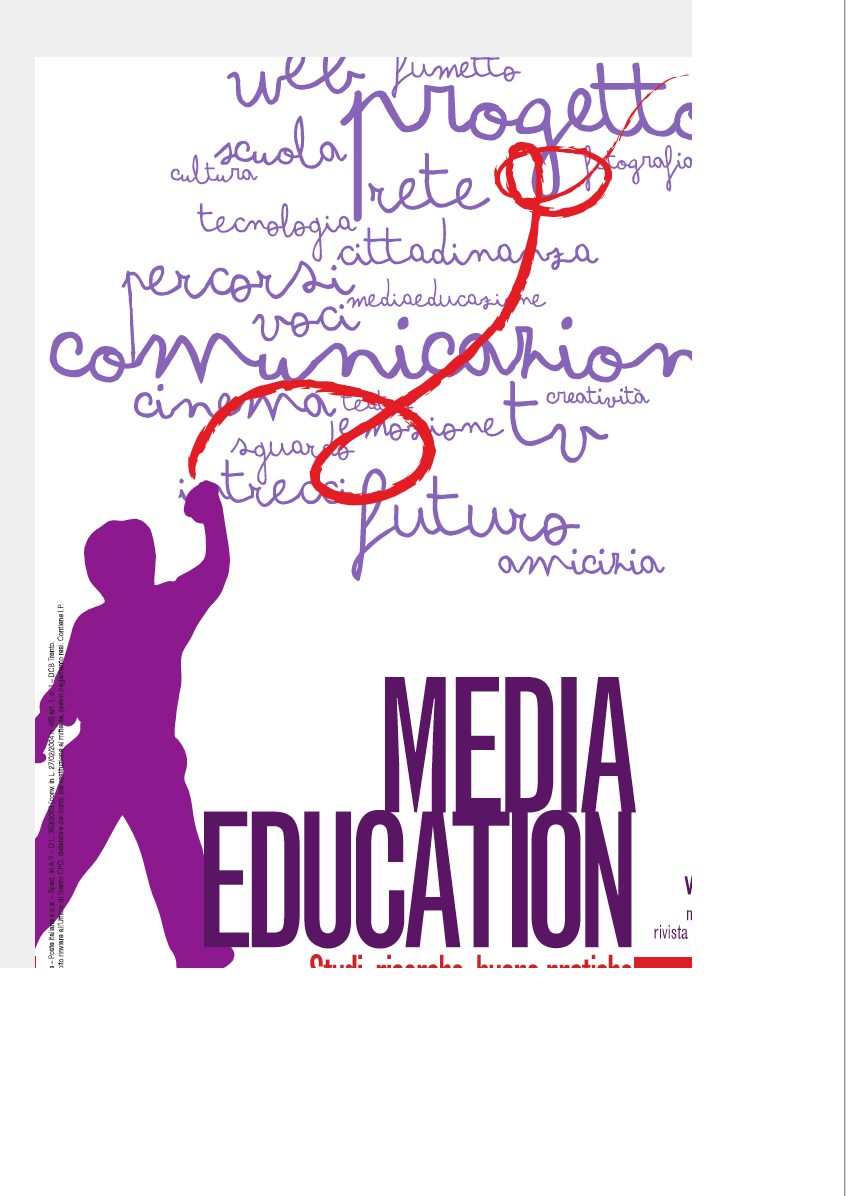Abstract
Il sesto volume dei risultati dell’indagine PISA 2009 presenta i migliori dati finora disponibili sul rapporto tra l’uso delle ICT e i livelli di apprendimento degli studenti delle scuole secondarie di II grado nel mondo: tale rapporto non è linearmente positivo neppure quando i nuovi media sono usati per finalità scolastiche. Inoltre, rilevando una nuova dimensione di apprendimento (la lettura digitale), la ricerca permette di analizzare le caratteristiche delle competenze di lettura in ambienti ipertestuali. Questi risultati sono interpretati con un’attenzione ai risvolti applicativi per chi deve prendere decisioni sull’uso delle ICT nella formazione dei giovani.
The 6th volume of the PISA survey 2009 offers very good data on the relationship between the use of ICTs and the learning levels of high school students across the world: such relationship is not linearly positive, not even when new media are used within the school context. Moreover, through the testing of a new learning dimension (digital reading) it is possible to analyze the characteristics of reading competence in hyper-textual environments. The article interprets these data with a special attention on the practical consequences for decision makers working in the field of the use of ICts for youth education.

